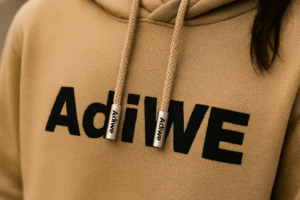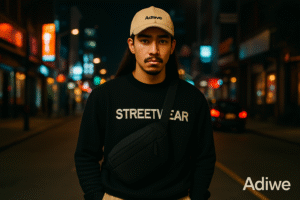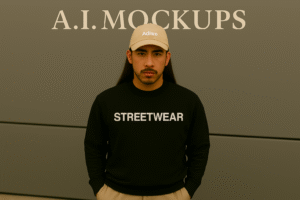Finding a manufacturer feels overwhelming, right? You risk poor quality, delays, and lost money if you choose wrong. The key is knowing how and where to look effectively.
To find high-quality clothing manufacturers, focus on their experience, communication clarity, proven capabilities (especially for complex designs), and willingness to provide verifiable proof like samples and factory audits. Many brands find China offers a strong combination of these factors.
Choosing the right partner is vital for your brand's success. It's not just about the final product; it's about the entire process. Let's break down how to find the quality you need, starting with location.
Where is the best place to manufacture clothing?
Worried about picking the wrong country for production? Choosing based only on cost can lead to quality issues and headaches. Understanding each region's strengths helps you decide wisely.
The "best" place depends on your specific needs like budget, quality level, design complexity, and speed. China often provides the best balance of skilled labor, advanced technology, and a complete supply chain, especially for intricate, high-quality streetwear.
!
Different countries offer different advantages. It's easy to get attracted by low headline prices from places like Vietnam or Bangladesh. I've seen many brands go this route initially. However, low cost sometimes means limitations. For example, my client Fifty Fifty from the UK needs hoodies with very specific, complex construction and unique fabric treatments. They found that while quotes from some Southeast Asian factories were lower, those factories struggled to get the details right. Often, they even had to import the high-quality or specialized fabrics from us here in China! It adds delays and complexity.
Here's a quick comparison based on what I see in the B2B market:
| Country/Region | Typical Strength | Potential Weakness | Best For |
|---|---|---|---|
| China | High Skill, Complex Designs, Speed, Full Supply Chain | Can seem higher cost initially | Quality-focused streetwear, complex items, scale |
| Vietnam | Lower Labor Cost | Simpler designs, may import fabrics | Basic items, cost-sensitive brands |
| Bangladesh | Very Low Cost, Volume | Basic quality, compliance concerns | High volume, very basic garments |
| Portugal | Good Quality (EU) | Higher cost, smaller scale than Asia | EU market access, premium smaller brands |
| India | Natural Fibers, Prints | Consistency can vary, infrastructure | Cotton goods, printed textiles |
Ultimately, the best place is where your specific needs for quality, complexity, and reliable supply are met consistently. For demanding streetwear, China's infrastructure is often unmatched.
How do you know if clothing is high quality?
You see nice photos online, but worry the actual product will be cheap? Poor quality clothing can damage your brand's reputation fast. You need to know the real signs of good craftsmanship.
High-quality clothing is evident in the fabric feel (substantial, not flimsy), precise stitching (straight, dense, no loose ends), durable construction (reinforced seams, clean finishing inside), consistent sizing across pieces, and accurate reproduction of design details like prints or logos.
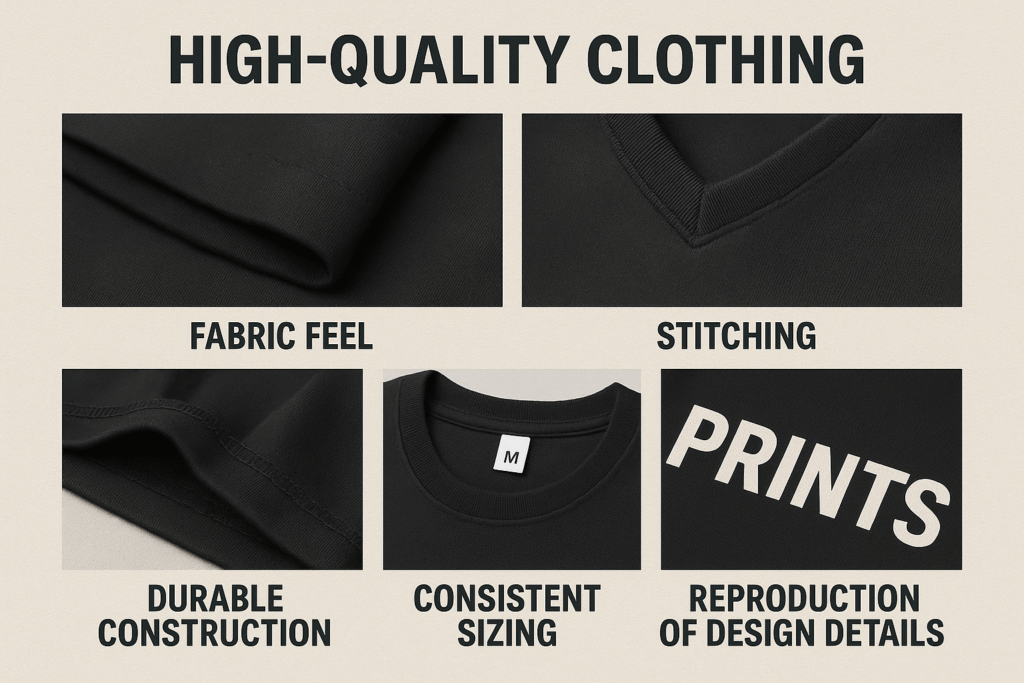
You don't need to be an expert tailor, but you should check key areas. First, the Fabric: Does it feel right for the garment type? A quality hoodie should feel substantial, not thin. Natural fibers should feel like they're described. Second, Stitching: Look closely. Are the stitches straight and evenly spaced? Are there loose threads hanging off? Inside seams should be finished cleanly (like serged or flat-felled), not raw and fraying. Density matters too – more stitches per inch generally means stronger seams. Third, Construction: Check stress points like pocket corners or where sleeves join the body. Are they reinforced? Zippers should run smoothly. Buttons should be sewn on securely. Fourth, Fit and Sizing: Does the sizing chart match the actual garment? Consistency is key. Order samples in different sizes to check. Fifth, Details: This is crucial for streetwear. Are prints crisp and aligned? Is embroidery dense and neat? This is where many factories fail on complex designs – like the issues my client Fifty Fifty faced before coming to us. We have dedicated QC teams checking every stage.
How much does it cost to manufacture one piece of clothing?
Getting quotes feels like a black box, doesn't it? You see huge price ranges and worry about getting ripped off or receiving an unrealistically low quote that means poor quality. Understanding the cost drivers helps.
Manufacturing cost per piece varies greatly ($5 to $50+ for typical streetwear) based on fabric choice, design complexity (labor time), order quantity (MOQ), production country, and finishing details (custom labels, tags, packaging). There is no single fixed price.
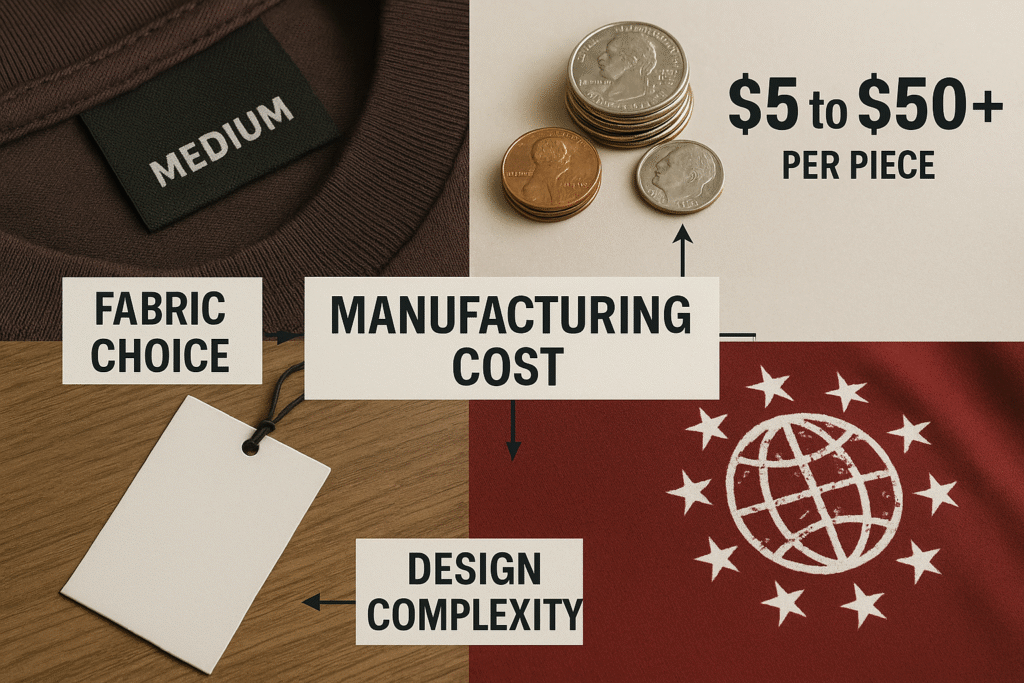
Let's break down the main factors influencing the price factories like mine quote:
| Cost Factor | How it Impacts Price | Example |
|---|---|---|
| Fabric | Major component. Quality, type (organic, tech), weight drive cost. | Basic cotton tee fabric vs. heavyweight custom-dyed fleece. |
| Complexity | More patterns, seams, pockets, special techniques = more labor time. | Simple crewneck sweatshirt vs. multi-panel hoodie with complex pockets. |
| Order Quantity | Higher volume usually means lower unit cost (economy of scale). | 100 pieces will cost more per piece than 1000 pieces. |
| Country | Labor rates, logistics, import duties vary significantly. | Manufacturing in Portugal vs. China vs. Bangladesh. |
| Finishing | Custom labels, hang tags, embroidery, printing, washing, packing add cost. | Basic print vs. intricate multi-color embroidery + custom tags. |
In my experience, a basic printed t-shirt might range from $4-$8 depending on quantity and quality. A standard fleece hoodie could be $10-$25. But a complex, high-spec hoodie like Fifty Fifty orders, with unique construction and finishes, might push towards $30-$50 or more, especially at lower volumes. Always get a detailed quote breaking down these costs. Don't forget sampling, shipping, and potential import duties in your final calculation!
Where is the best quality clothing made?
Many countries claim to make "quality" clothing, but what does that mean for your brand? Choosing based on old reputations can be misleading. You need to know where consistent, high-spec quality really comes from today.
High-quality isn't tied to one country, but regions specialize. Italy and Japan excel in luxury materials and specific niches like denim. Portugal offers good quality for the EU market. However, for complex, trend-driven, high-quality streetwear produced reliably at scale, China's mature ecosystem is often the top choice.
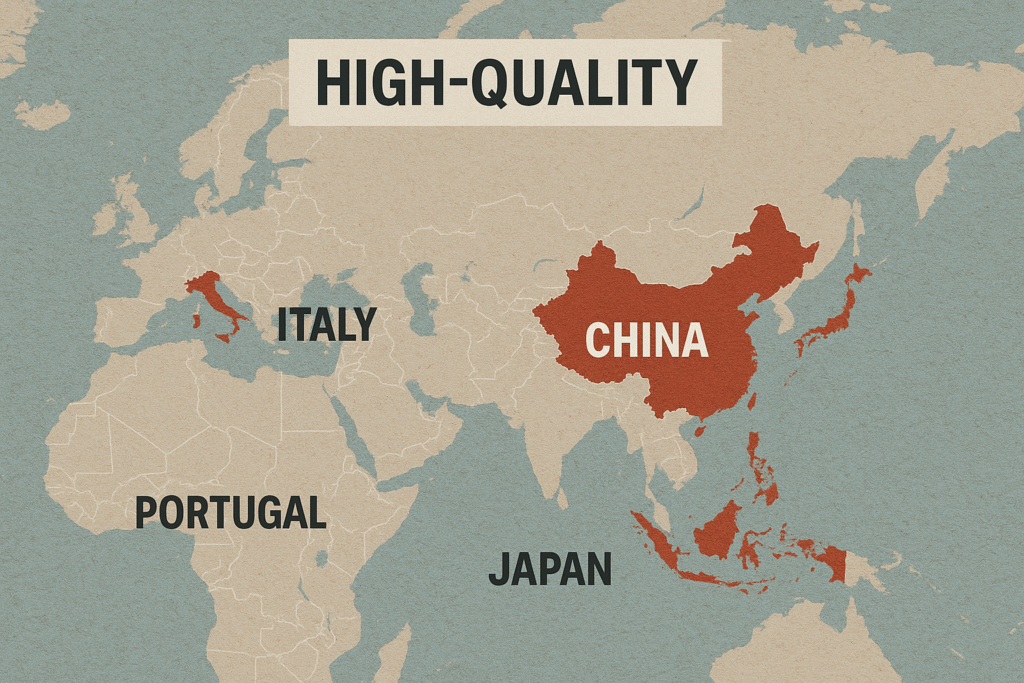
Let's be clear: "quality" means different things.
- Luxury Niche: Italy might be famous for suiting fabrics, Japan for selvedge denim. These are often small-scale, very high cost.
- EU Proximity: Portugal has built a reputation for good quality, especially for brands focused solely on the European market. Costs are higher than Asia, scale can be more limited.
- Volume Basics: Bangladesh and Vietnam offer low costs, suitable for very basic items in large quantities, but achieving top-tier quality and handling complex streetwear designs consistently can be a challenge. As I mentioned, they often import specialized fabrics from China anyway.
- Balanced High Quality & Complexity: This is where China excels for streetwear. We have decades of experience, investment in advanced machinery, a huge skilled workforce, and direct access to every type of fabric and trim imaginable. Brands like Fifty Fifty choose manufacturers here because we can handle their complex designs accurately and deliver consistent high quality across large orders – something they struggled to find elsewhere, even if initial quotes seemed cheaper. The total value, considering quality and capability, is often better.
Conclusion
Finding high-quality manufacturers means looking beyond just price. Assess capability, check quality proof, ensure good communication, and understand the strengths of different manufacturing regions, especially China for complex streetwear.

